The content of the article
Classification of plants allows you to identify certain patterns of their structure and growth. Sometimes amazing paradoxes are obtained. For example, a watermelon by biological criteria refers to berries. In everyday life, no one calls him that, it's quite funny to level it with cherries or gooseberries. Nevertheless, all the signs indicate its berry origin.
Description, structural features of watermelon
An annual herb with long weaving processes on which large fruits are formed with a thick skin and fragrant ruby pulp are known to every resident of our country. Watermelons have long won love and respect for their taste and medicinal properties.
Many varieties are developed that differ in size, taste, and growing conditions. The classic watermelon is green, with darker or lighter stripes. Later dark-colored fruits appeared, such as Chill, Sugar baby or Crimean rose. The light green hybrid Pink champagne with the aroma of honey, almost white Bykovsky, has proven itself well. All of them are united by one thing - a common ancestor. Watermelon appeared in Europe during the Middle Ages. Some chronicles claim that the crusaders brought seeds from their campaigns on Saracens. Since then, about 1,200 varieties have been bred.
Botany defines berry as a peeled fruit, inside of which there is a juicy pulp and a large number of seeds. If you follow this description, it turns out that the tomato, pear and pumpkin are also berries. Such confusion brings a lot of difficulties, therefore, by a tacit agreement, that which grows on trees and shrubs and has small dimensions is defined as berries, that which is larger is fruit. Growing on small bushes - vegetables, something that weaves on the ground and has impressive dimensions - melon.
The point of view of the inhabitants is significantly different from the scientific, because:
- The seeds of a real berry are easily digested, and watermelon is difficult to chew.
- Berries are eaten with a peel, which is simply impossible with a watermelon.
- Size is also important, because in the understanding of an ordinary person, the berry can be put in the mouth as a whole, with regard to watermelon comments are unnecessary.
Since the opinions of scientists were also divided, it was decided to call it a false berry or consider it a pumpkin.
Despite the opinion of science, people have long dubbed it gourds. Melon and pumpkin were tacitly ranked in the same category. All of them have low calorie content, high water content in the pulp, many seeds, perfectly satisfy hunger due to dietary fiber, contain a large amount of saccharides, vitamins and minerals, and have a diuretic effect.
Beneficial features
The composition of the watermelon is very rich, the effect on the body is quite strong, so there are many recommendations for its use, as well as contraindications. In the season, which lasts from the beginning of August to the end of September, it can be safely included in the diet for everyone, starting from the age of one. Watermelon and its juice have a beneficial effect on:
- vitamin deficiency;
- general weakness;
- low immunity;
- oncology risk;
- fluid retention in the body;
- salt deposition;
- the presence of sand in the kidneys, gall bladder, ducts;
- high cholesterol;
- diabetes
- gout
- constant stress;
- fight against excess weight.
A wide range of actions and an impressive list of indications have made watermelon popular from a preventive point of view. Contraindications are also available and the opinion of doctors is worth considering. Each side has a back.For example, a strong diuretic effect can remove sand from the body and at the same time move large stones that provoke painful attacks. Therefore, it is necessary to carefully approach the use of melons for those who have:
- urolithiasis disease;
- urinary incontinence or frequent urination;
- diarrhea;
- individual intolerance;
- late pregnancy.
A small amount of juicy pulp will not harm even with contraindications, except for the presence of allergic reactions. The maximum permissible dose per day per adult is approximately 2.5 kg. The product is well suited for fasting days; in weight loss programs it replaces one of the meals.
Selection tips
Unlike other berries, it is difficult to assess, at a glance, the obsessed core of a watermelon; it is reliably hidden behind a thick crust. It will be necessary to focus only on secondary signs. To get a delicious ripe fruit, you need to carefully examine the purchase from all sides.
- The crust should be completely intact, without dents or cracks.
- The color is bright, brilliant, with a yellow spot on the side of contact with the garden, without third-party plaque.
- To the touch elastic, soft places speak of a ripened or spoiled watermelon.
- No cuts to demonstrate quality.
- A click or a slap with an open palm responds with a sonorous sound.
- If you follow these tips, then the choice will certainly be successful. The best varieties of watermelons are grown in places that were recognized leaders in Soviet times. This is the Astrakhan and Volgograd region.
New Year's trick
If you want to surprise guests and put a fresh watermelon on the table on a holiday, then you should take care this fall. Acquired small, 3-4 kg. the fruit is of late varieties and is carefully coated with a melted candle until a monolithic film is formed. Then placed in a cool dark place.
The debate of scientists about what species, berries or fruits, to rank watermelon, will last a long time. But people have long decided that it is tasty, healthy, and enjoy watermelon, despite the ambiguities of the terminology.
Video: why is a watermelon called a berry?

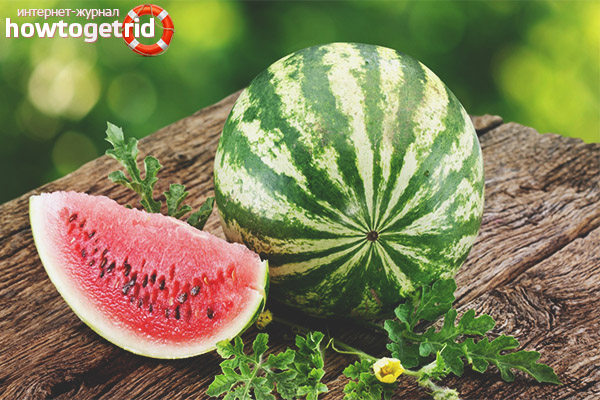
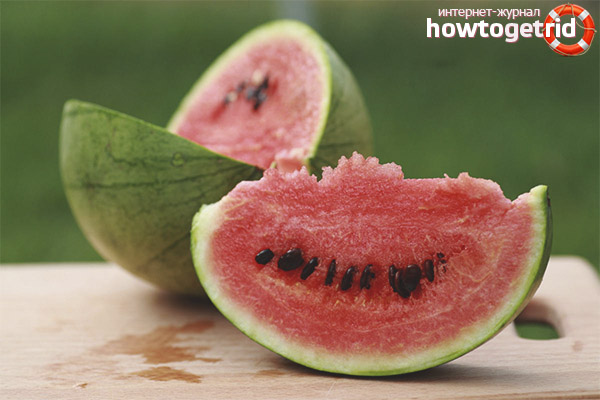


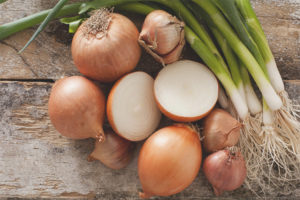
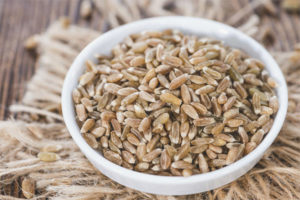
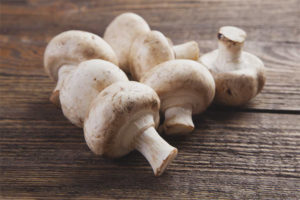
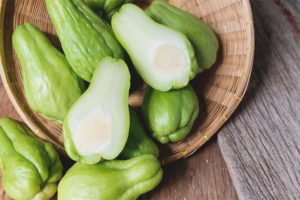
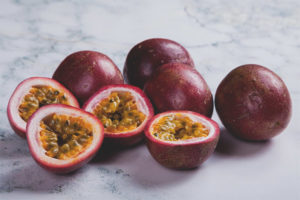
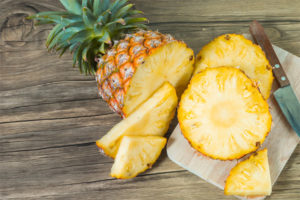
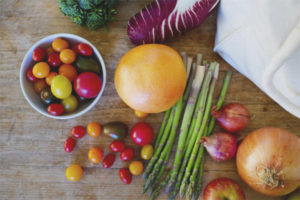
Submit